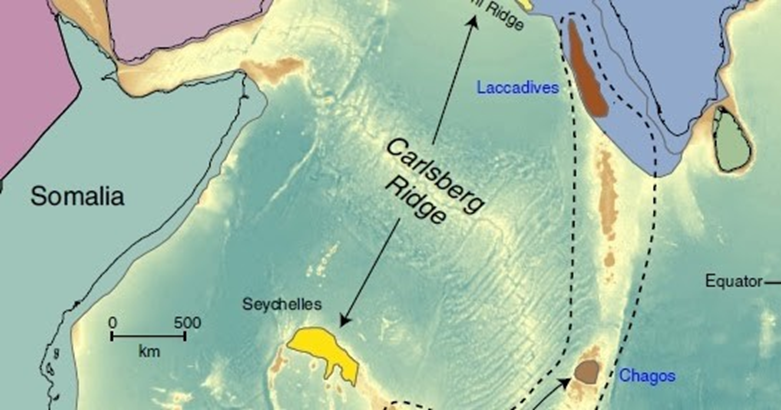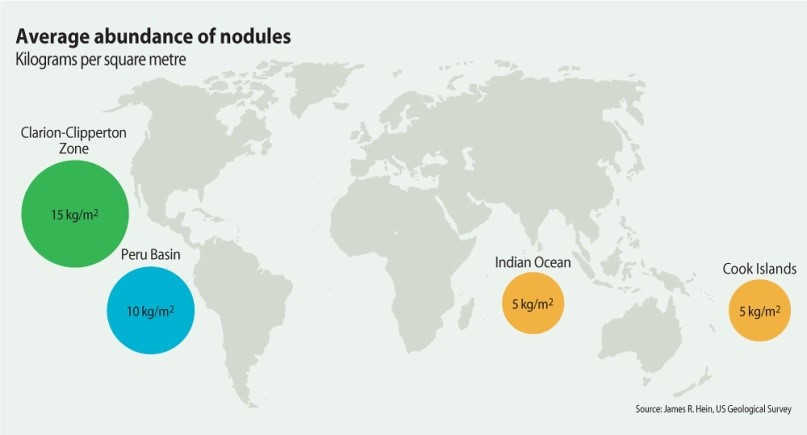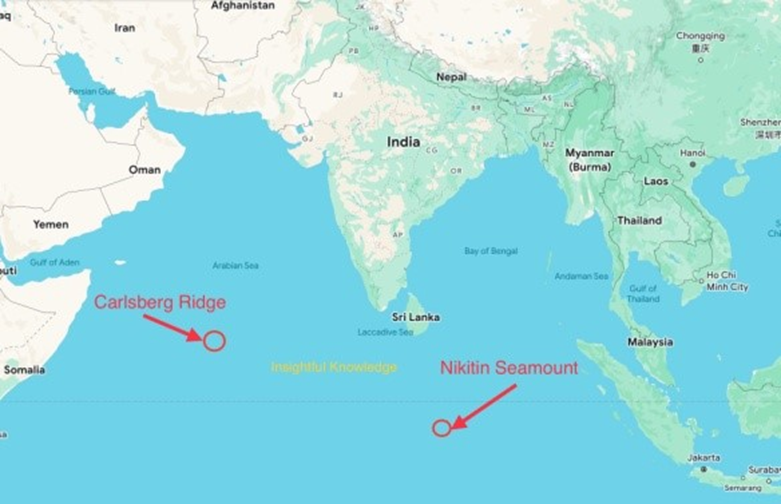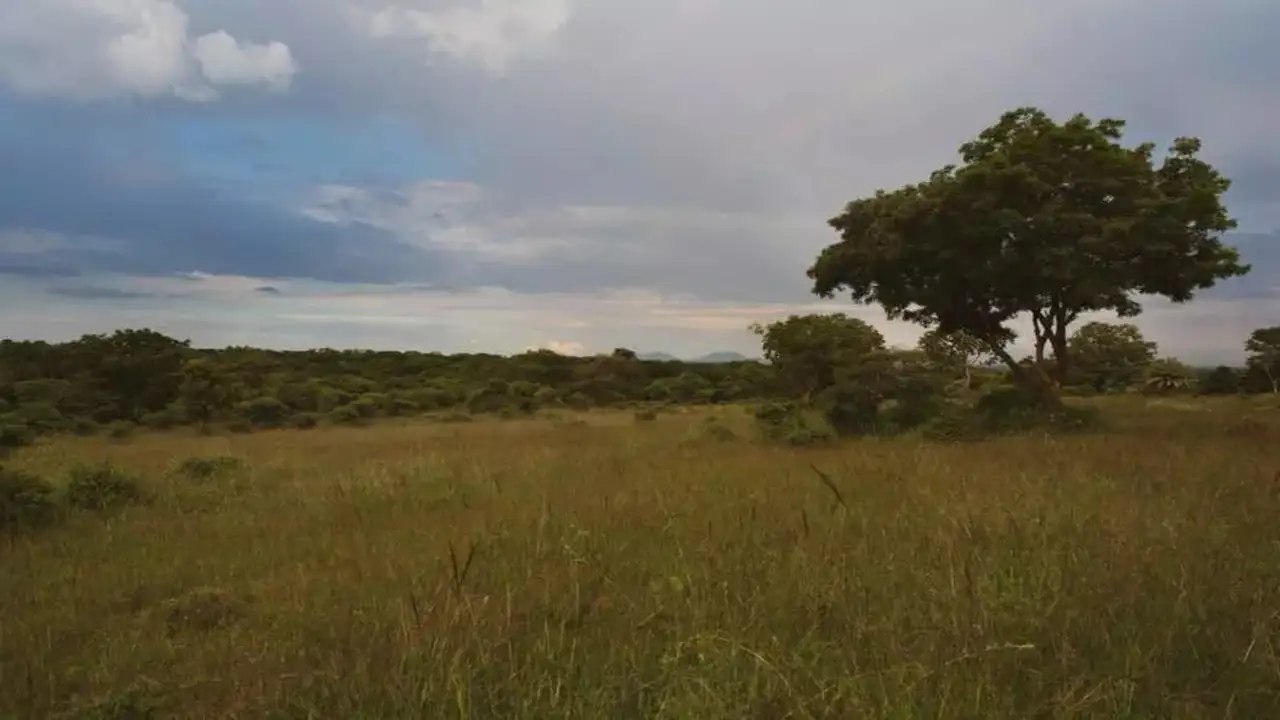- Courses
- GS Full Course 1 Year
- GS Full Course 2 Year
- GS Full Course 3 Year
- GS Full Course Till Selection
- Online Program
- GS Recorded Course
- NCERT (Recorded 500+ Hours)
- Polity Recorded Course
- Geography Recorded Course
- Economy Recorded Course
- AMAC Recorded Course
- Modern India, Post Independence & World History
- Environment Recoded Course
- Governance Recoded Course
- Science & Tech. Recoded Course
- International Relations and Internal Security Recorded Course
- Disaster Management Module Course
- Ethics Recoded Course
- Essay Recoded Course
- Current Affairs Recoded Course
- CSAT
- 5 LAYERED ARJUNA Mentorship
- Public Administration Optional
- ABOUT US
- OUR TOPPERS
- TEST SERIES
- FREE STUDY MATERIAL
- VIDEOS
- CONTACT US
India's Exploration of the Pacific Ocean for Critical Minerals
India's Exploration of the Pacific Ocean for Critical Minerals
26-07-2024
India is expanding its search for critical minerals, essential for the country's energy transition and green energy goals, by applying for licenses to explore the deep seas of the Pacific Ocean.
- This move shows India's growing interest in securing its own supply of important raw materials, reducing its reliance on imports, and competing with other nations like China and Russia, who have already acquired exploration licenses in the region.

International Seabed Authority (ISA):
- The ISA is an international organization established by the 1982 United Nations Convention on the Law of the Sea (UNCLOS) and the 1994 Agreement.
- Headquartered in Kingston, Jamaica, it became operational in June 1996.
- ISA's role is to organize and control mineral-related activities in areas beyond national jurisdiction, issuing permits for exploration and ensuring the protection of the marine environment.
- It has issued 31 deep-sea exploration licenses so far, including two for India in the Indian Ocean.
Exploration Targets:
1. Clarion-Clipperton Zone (CCZ):
- The CCZ is a vast abyssal plain spanning 4.5 million square kilometers in the central Pacific Ocean, between Hawaii and Mexico.
- It is regulated by the ISA as it falls outside national jurisdictions.
- The CCZ is characterized by seamounts and polymetallic nodes (potato-sized) containing valuable metals such as nickel, manganese, copper, zinc, and cobalt.
- These metals are crucial for modern manufacturing and electronics. 16 deep-sea mining contractors have been granted exploration contracts in the CCZ.
2. Carlsberg Ridge:
- The Carlsberg Ridge is a tectonic plate boundary between the African and Indian plates, located in the Indian Ocean between India and Africa.
- It is rich in polymetallic nodules containing commercially viable quantities of various metals.
- Trace elements of copper, lead, zinc, and high-demand cobalt are believed to be present in the ridge.

3. Afanasy-Nikitin Seamount (ANS):
- The ANS is a prominent seamount in the Central Indian Ocean, named after a 15th-century Russian merchant.
- Approximately 3,000 kilometers from India's coast, it is rich in cobalt, copper, manganese, and nickel.

India's Critical Minerals Strategy:
- India has listed 24 minerals as critical for its energy transition, including copper and lithium, which it currently relies on imports for.
- By scouting for overseas mineral assets, India aims to secure the raw materials necessary for its growing green energy sector.
- ISA is expected to grant India two additional exploration permits in 2024 for the Carlsberg Ridge and Afanasy-Nikitin Seamount regions of the Indian Ocean.
In conclusion, India's exploration efforts in the Pacific and Indian Oceans reflect its commitment to securing critical minerals for its energy transition and reducing its dependence on imported raw materials. The ISA plays a crucial role in regulating deep-sea exploration and ensuring the responsible extraction of these valuable resources.
Must Check: Best IAS Coaching In Delhi
UPSC Prelims Result 2024 Out: Expected Cut Off & Other Details, UPSC Prelims 2024 Answer with Explanation, Daily Prelims Quiz, Daily Current Affairs, MONTHLY CURRENT AFFAIRS TOTAL (CAT) MAGAZINE, Best IAS Coaching Institute in Karol Bagh, Best IAS Coaching Institute in Delhi, Daily Mains Question Answer Practice, ENSURE IAS UPSC Toppers, UPSC Toppers Marksheet, Previous Year Interview Questions, UPSC Syllabus




